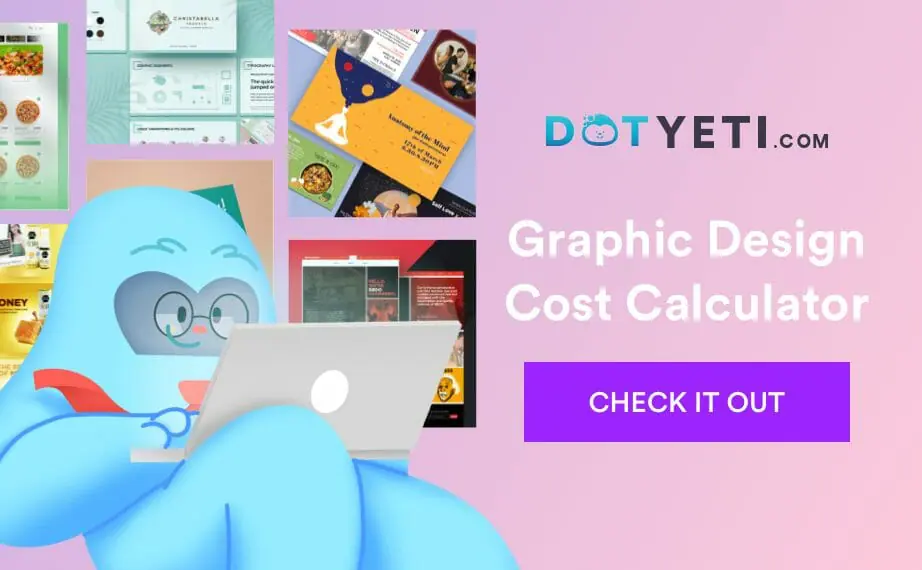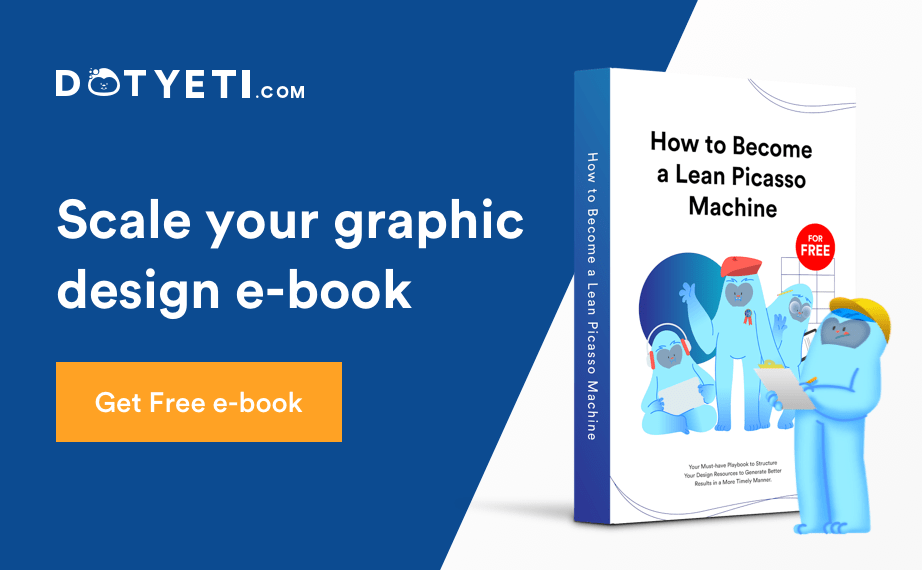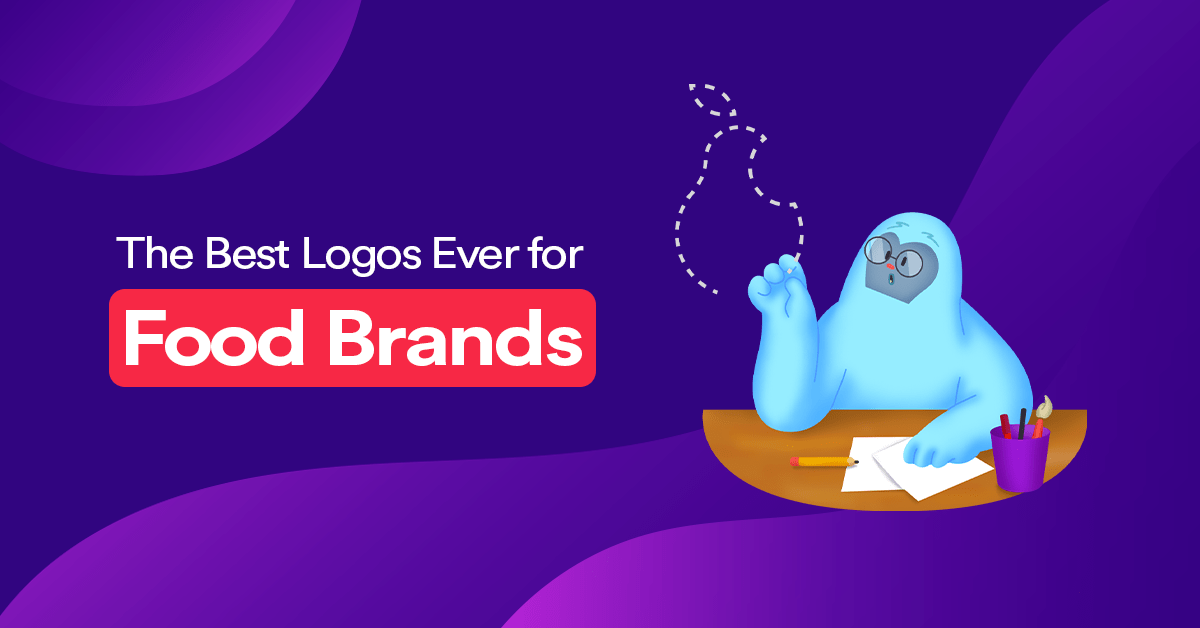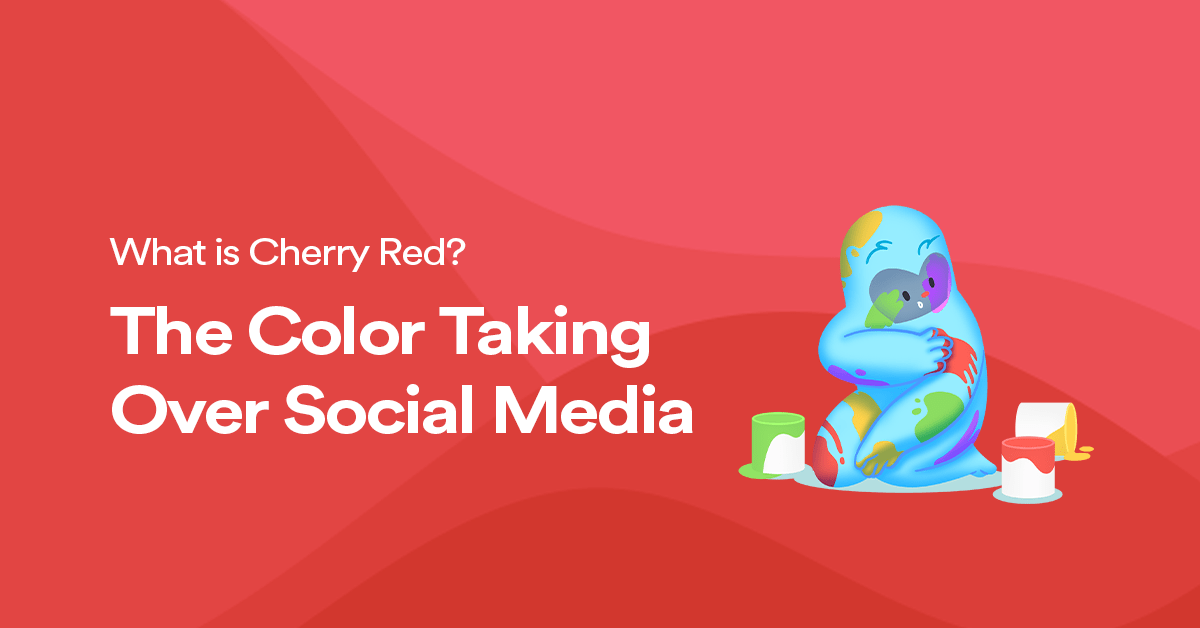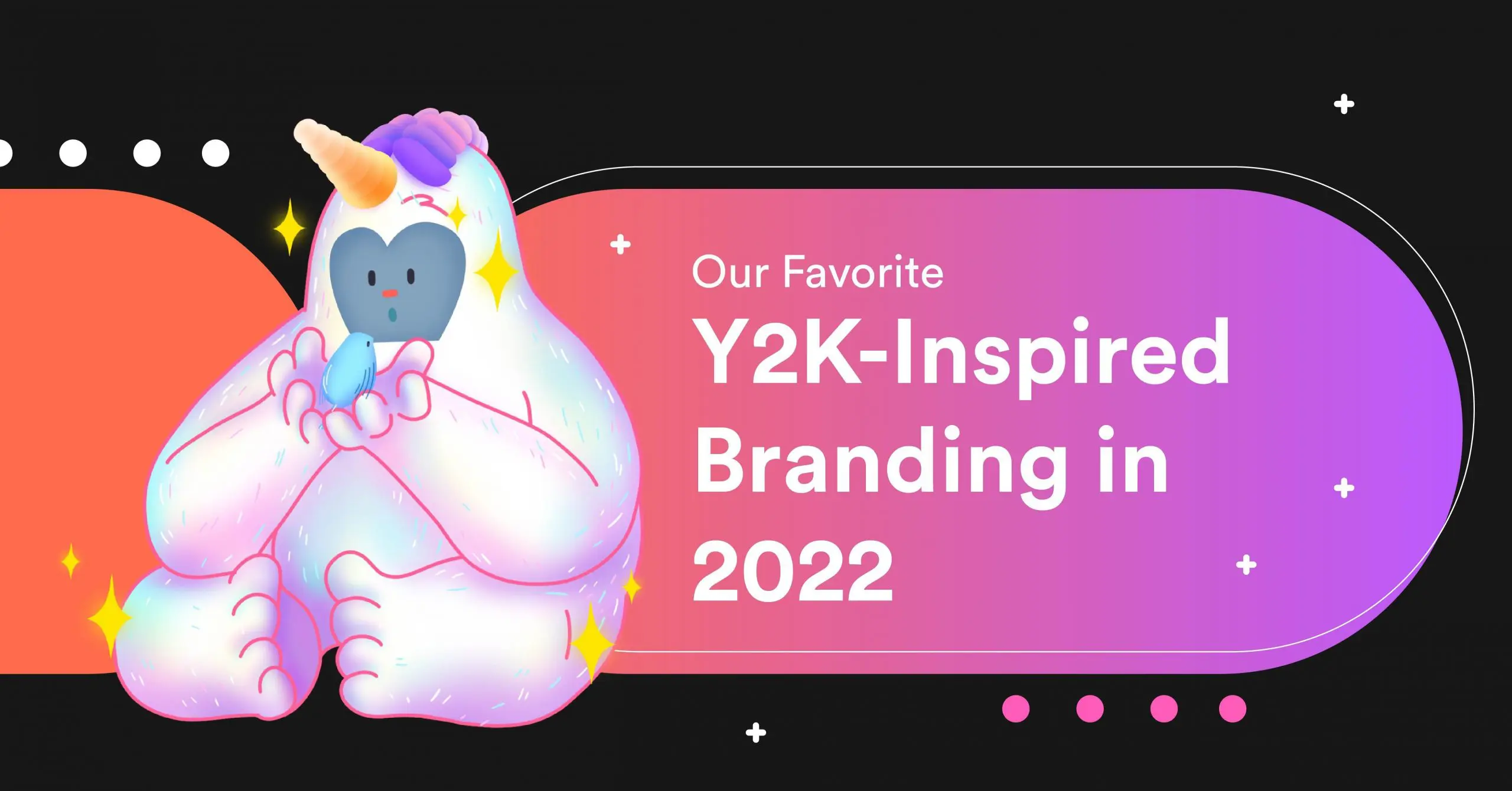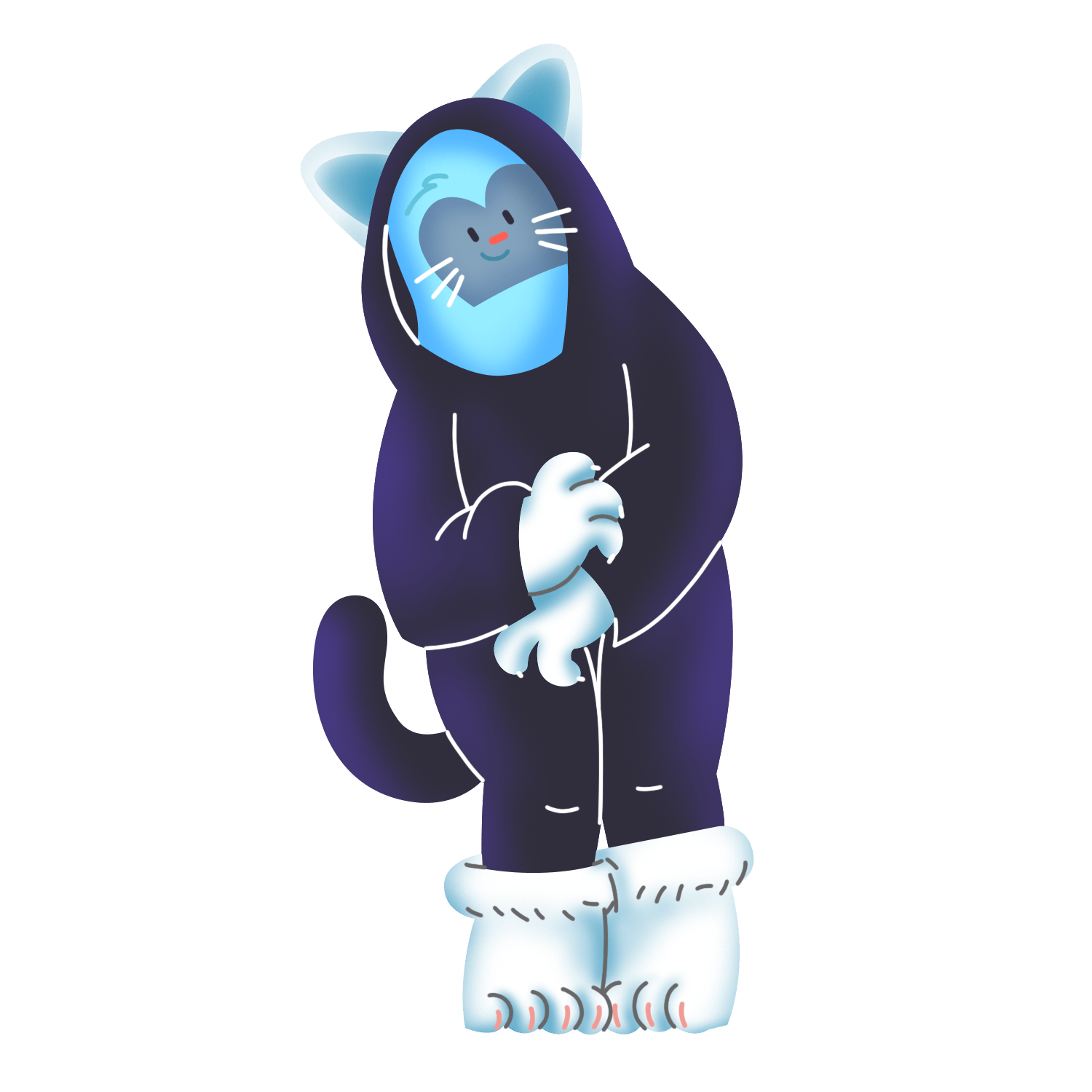Generative design is a powerful tool that has been gaining traction in the design world in the last few years. While the process is primarily used in engineering circles, it’s now becoming a way to create brand identities.
Read on to find out the creative possibilities with this new design process.
What is generative design?
Generative design uses algorithms to create design models that meet specific criteria. It uses AI technology, specifically cloud computing, to create simple ideas for complex structures. Users must input a set of instructions and constraints to the algorithm and from there it creates an output based on the set rules.
Patrik Hübner, an expert in design coding and generative design, adds that generative design “fuses aspects of storytelling, experience, and branding with algorithms, human interaction, data, artificial intelligence, and programming. This unique mix of ingredients allows us to build engaging brand experiences and completely novel forms of visual design.”
It’s meant to be an assistant to a designer’s creativity. When you’re running low on ideas, you can turn to AI to create design combinations that you aren’t used to seeing.
Here’s a handy visual aid from his website to describe how the pipeline works. In short, designers will curate a series of data such as music, text, visual aid, and more for the technology to be able to convert into graphics, text, and other requested outputs.
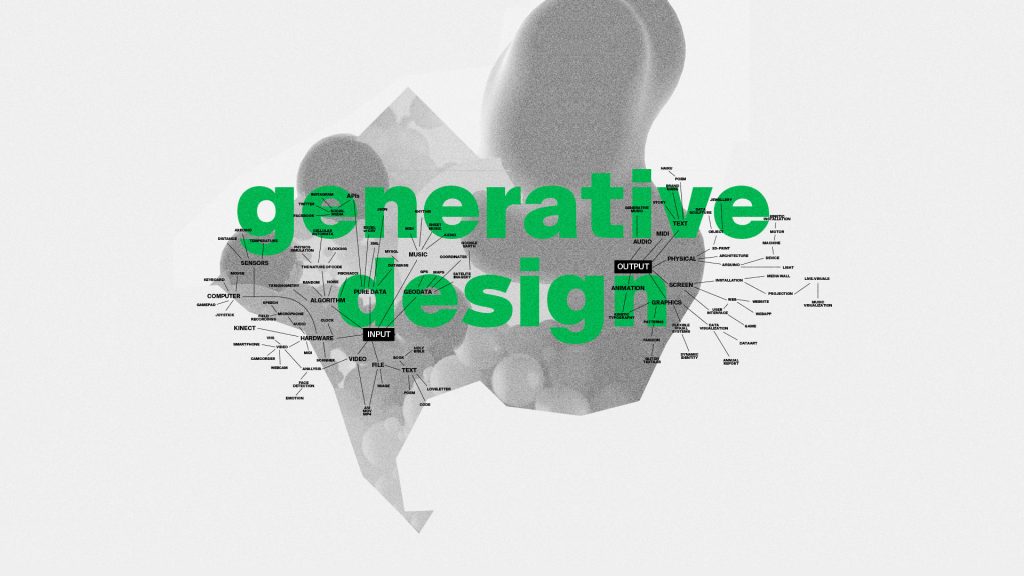
Visual aid from Patrik Hübner
Why generative design?
Apart from the creative outputs, there are more reasons that agencies should consider generative design for their graphic design and branding needs. Here are the greatest advantages that generative design can bring to the table.
- Flexible. The technology can take into account factors such as typography, color palette, copy tone, and voice. By taking into these brand identities, the software can create a variety of design inspirations that design teams can build on.
- Cost-efficient. Another advantage of generative design is that it can save time and resources. You don’t have to spend a lot of time waiting for the algorithm to generate a response to your design brief. Plus, because the software can quickly generate a large number of designs, the designer can quickly evaluate and refine, edit, and tweak them to find the best fit.
- Scalable. One of the biggest challenges in design is how to scale content. The sheer volume of work that graphic designers can go through is tough. This technology allows us to create outputs in the hundreds while still keeping each asset unique and on-brand.
In sum, this design process is incredibly useful for busy editorial teams who are backed up in content ideas. While you focus your energies to refine and tweak designs, you can have a broader look at your visual strategies.
How to integrate generative design in real life
Generative design is already used in various industries, but it’s mostly applied in engineering. Engineers use this technology to solve complex problems such as deciding what materials to use, in order to stay within certain logistical constraints.
In design though, it’s another story. In this field, designers can use it to increase productivity and provide new immersive experiences for customers.
Hübner explains that generative brands can share their creative algorithm with customers and become part of the design process. Rather than limiting the creation of user experience to its designers, it opens up places to collaborate and share the branding space to more people.
He adds, “This is an entirely new way of doing things in which the designer’s role changes to setting the rules, defining the goals, and curating the results.”
Real-life applications
This design technology is making waves in the automotive industry. In 2022, General Motors redesigned a seat belt bracket by combining the Autodesk generative design solution and 3D printing technology.
The redesign put together eight components into a single structure. Not only that, but the final output also became 40% lighter and 20% stronger.

In the field of architecture, Stamhuis Studio is also making waves by designing around 60 projects a year for a single client. The firm specializes in constructing retail brands and often works with convenience, liquor, and grocery stores. With the pressures of timing, construction, and installation, generative design makes operations more cost-efficient.
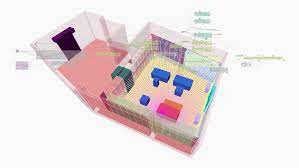
Finally, moving into the realm of design, Hübner created Schwanensee, a visual project that uses human movement to create a final design look. The project was inspired by the dance movements of dancers performing Pyotr Tchaikovsky’s Swan Lake.
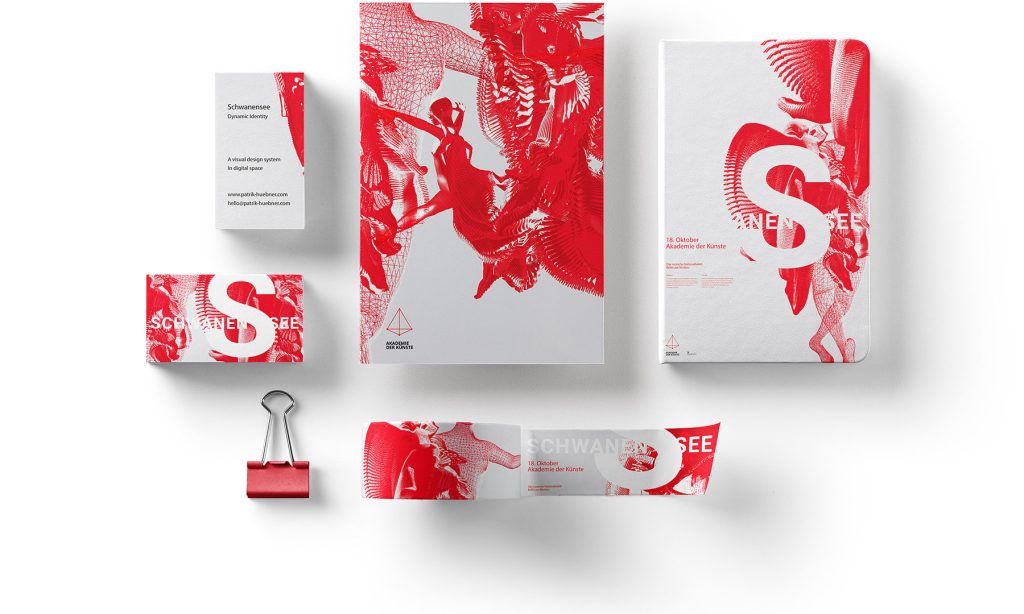
Generative design still has a long way to go in terms of accessibility to the everyday graphic designer. And certainly, there are plenty of questions to be asked about the consequences of removing the role of a designer in the design process. One thing is for sure though, the practical applications of this technology will determine how necessary it is in the design world.
Read more creative industry blogs at DotYeti. We offer fast, cost-efficient, and flexible graphic design services for a flat monthly fee. Book a demo today and find out which plans are the best for you!


